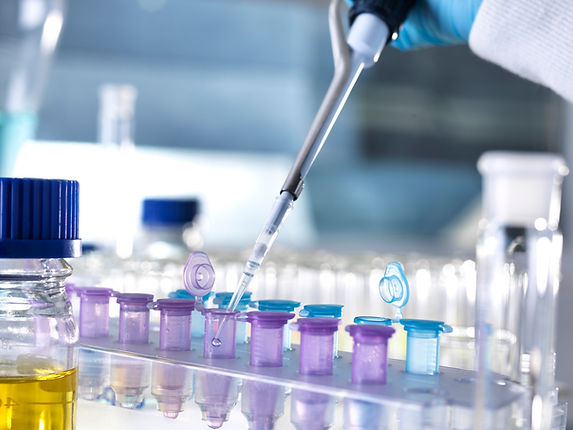
DNA editing
We emphasize two aspects of potential technologies that we believe enable true genome engineering: first, precise modification of DNA bases at will, as opposed to random insertions/deletions; second, genome-wide programmability, i.e. rational target selections. To this end, we developed a CRISPR genome editing system in yeasts that physically links a gRNA with its cognate DSB repair donor, a system we dubbed HI-CRISPR.

gene regulation
Gene regulation lies at the core of cellular functions. We are interested in developing synthetic ways to rationally control gene expression levels and timing. Ultimately, we want to understand how synthetic genomes and epigenomes can work together to enable artificial cells. To do this, we need technologies that can rationally control large gene networks. We employed chemically inducible dimerization domains and orthogonal dCas9 proteins to regulate synthetic as well as endogenous genes. We are now aiming at utilizing chromatin editing techniques to realize sophisticated epigenetic gene expression controls.

Notable citations
Genome evolution
The physical linkage between donor and guide in the HI-CRISPR system enables us to design and perform precise sequence modifications in a high throughput manner (a process we called CHAnGE). This synthetic way of genome diversification, coupled with iterative rounds of screening and selection, constitutes the core process of directed evolution at the genome scale. We are now further optimizing this system towards industrial strain improvement.

Image by Auxillos, et al.
Notable citations

